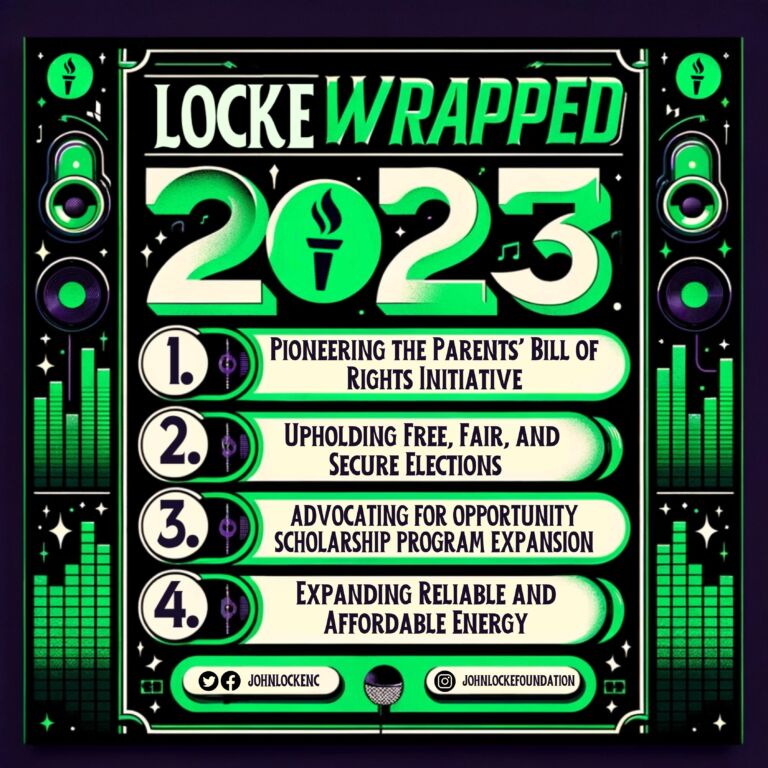Andrew Malcolm uses his latest column to explore the importance of presidential visits after a major natural disaster.
President Donald Trump has clearly invested a vast amount of time and effort convincing Americans that as their chief executive he is clearly on top of properly managing the government response to Hurricane Harvey’s desolation.
By all reports from the scene this impression has accurately reflected reality there. And, no offense to print journalists, that is largely attributed to the optics, photos and video.
Strangely though, this probably won’t do much of anything to improve his historically low job approval ratings. What it will do, however, is eliminate a major opportunity for critics to unload on his alleged incompetence.
For all the human hurt in these disasters, from a political point of view they do present a golden opportunity for government officials to shine and to benefit politically in their responses. It is, after all, their responsibility, despite the reality that by the time disaster strikes and flees, it’s pretty late for them to have any impact. Beyond showing concern. …
… Critics delightedly made much of Trump not visiting a flooded Houston home to console a family and the rally tone of his pleased remarks on the crowd size. But here’s the painful reality straight from this lifelong print journalist: Those written words might as well have blown away by Harvey’s 140-mile-an-hour gusts.
It’s the photos that matter. Trump with the governor. Trump thanking first responders. Trump holding high the flag of an unvanquished Texas. On his return to Houston Saturday we got photos of the Trumps mingling with children and parents.


